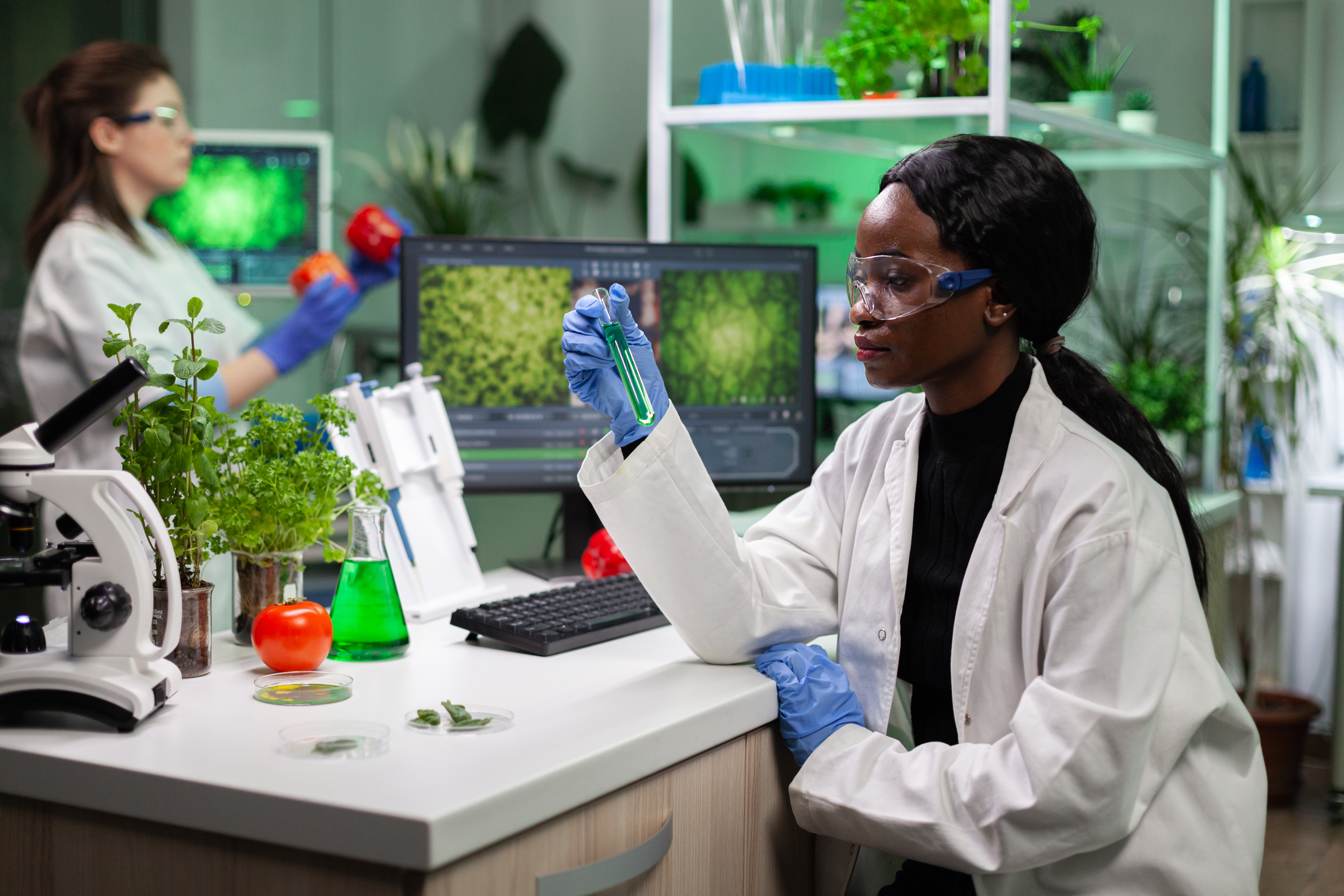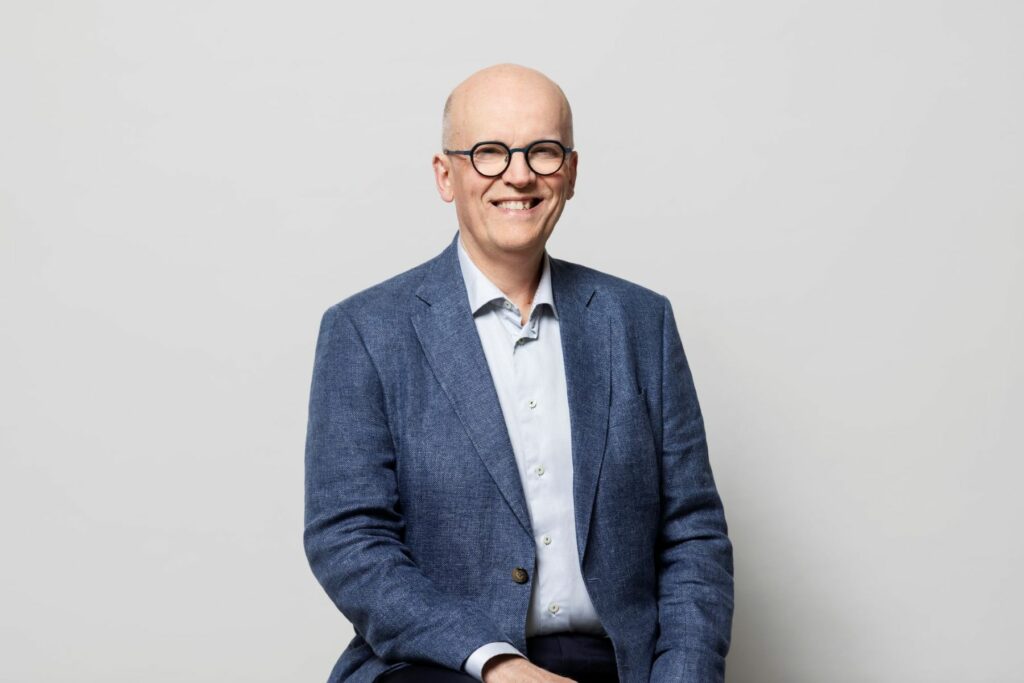Insider Brief
- Researchers are taking steps toward more accurate quantum chemistry simulations.
- The work was a result of a collaboration among Algorithmiq, AstraZeneca, Hartree Centre, IBM Research Europe and IBM Quantum scientists.
- Scientists hope this will lead to a comprehensive understanding of many biological and chemical processes because both electrons and nuclei will be treated quantum mechanically.
Researchers are taking steps toward more accurate quantum chemistry simulations by focusing on the dual quantum mechanical treatment of both electrons and atomic nuclei, according to a study. A recent collaboration between Algorithmiq, AstraZeneca, Hartree Centre, IBM Research Europe, and IBM Quantum has resulted in a scientific advance in this field, which was published in the pre-print server ArXiv.
Quantum chemistry, at its core, typically treats electrons using quantum mechanics, while atomic nuclei are usually viewed as classical particles. However, to gain a comprehensive understanding of many critical biological and chemical processes, both electrons and nuclei must be treated quantum mechanically. Central to this is the nuclear-electronic orbital (NEO) approach, which considers electrons and selected nuclei on an equal quantum mechanical basis.
The NEO approach, however, isn’t without its challenges. On classical computers, the exact solutions for NEO-based models require resources that grow exponentially as the system size increases. This rapid growth makes these calculations cumbersome for larger systems. In contrast, quantum computers present an alternative, enabling researchers to solve these problems more efficiently. However, due to the inherent limitations of present-day quantum devices, NEO simulations have been restricted to very basic molecular systems.

This limitation was a focal point for the research team. Their work revolved around extending a hardware-efficient ADAPT-VQE method to the NEO framework, specifically in the frozen natural orbital (FNO) basis. The results have been promising. In tests conducted on H2 and D2 molecules, the NEO-FNO-ADAPT-VQE method showed a substantial reduction in the CNOT gate count, which, according to the research paper, is pivotal in quantum computations, relative to existing methods. This reduction in resource requirements is crucial for carrying out practical calculations using the NEO method, especially on the current generation of quantum devices.
Moreover, the new approach can capture isotope effects with precision. Another notable aspect of the study was the discovery that including correlation energy can systematically enhance the prediction of ΔZPE, which stands for “Change in Zero-Point Energy.” Zero-Point Energy (ZPE) is the lowest possible energy a quantum mechanical system can have and it’s an essential factor in understanding molecular behaviors.
The work’s significance extends beyond the immediate findings, the team suggests. With the NEO approach, there’s potential for a deeper understanding of nuclear quantum effects like zero-point energy and hydrogen tunneling, both of which play vital roles in biological and chemical processes. The recent method, by drastically reducing quantum hardware demands, might eventually pave the way for simulations beyond the current limitations of quantum devices.
The real advance, though, may be in demonstrating the productive collaborations between technology giants and research institutions. In the case of the life sciences, these types of collaborations will be vital to move quantum from the lab to the hospital.
While challenges remain in the quest for perfecting quantum simulations involving nuclear and electronic effects, the work done by this collaboration signifies a move in the right direction, edging researchers closer to a more comprehensive understanding of the quantum world.
For more market insights, check out our latest quantum computing news here.















